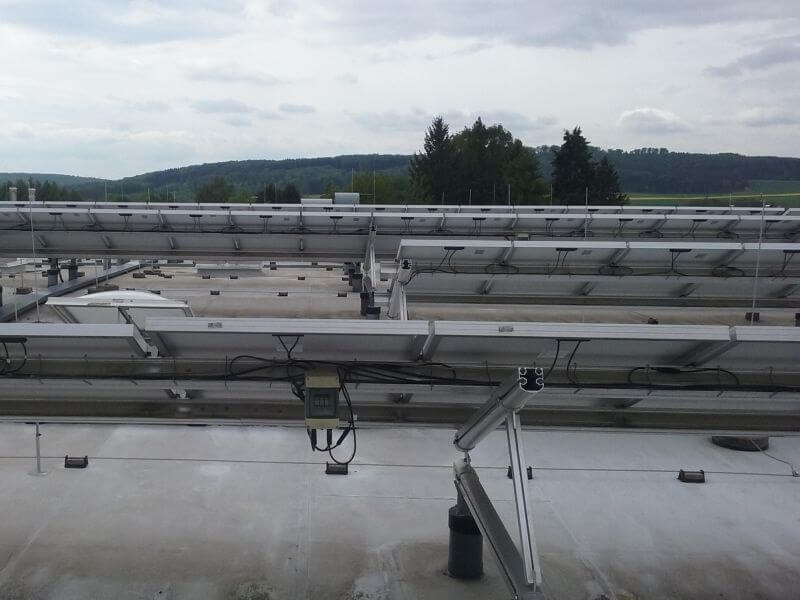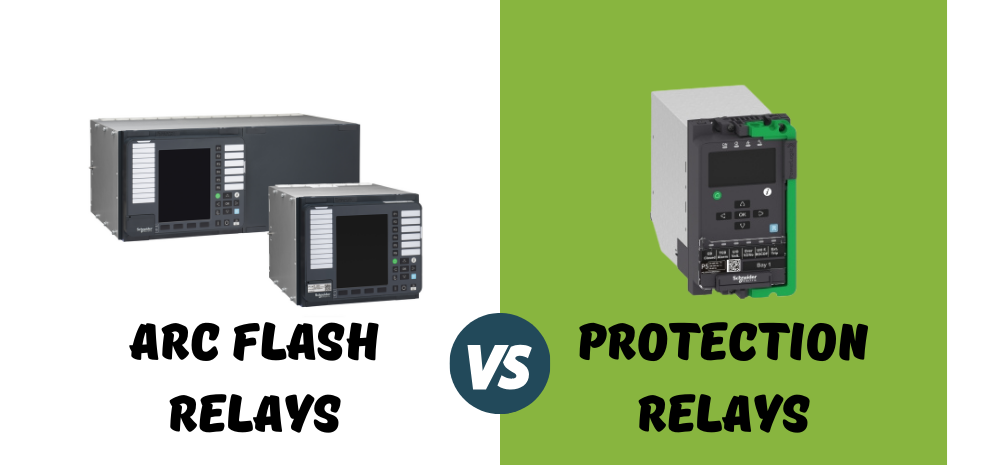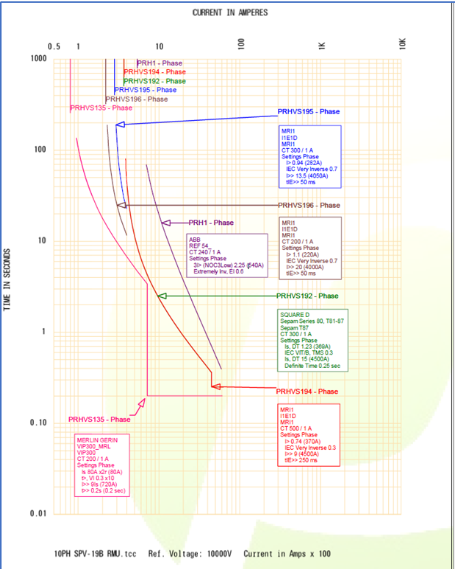Garrett Moran, Premium Power Electrical Engineer outlines what he learned on a recent trip to Germany to observe lightning protection devices in action
Most people understand the effects of a direct lighting strike and the dangers involved but what is less known or perhaps poorly understood, are the effects of the resulting electromagnetic pulse (LEMP) or surge that accompanies a lightning strike. I was delighted to be invited by Phoenix Contact, a global market leader in electrical engineering and innovation, along with several other engineers representing some of Ireland’s top engineering firms, to their German headquarters in Blomberg for a two-day training and competency event showcasing their TRABTECH range of Lightning Protection Devices.
As well as during lightning strikes, electromagnetic pulses can be generated during switching operations (SEMP) or if bodies with different electrostatic potential (ESD) come close to each other. This means that even in a country with a low number of lightning strikes such as Ireland, the potential for damage as a result of these surges is high and adequate protection must be installed. This event demonstrated what can happen as a result of these surges and the significant dangers not only to human life but to factory equipment and systems and the various processes they control.

PV installation with lightning protection visible at the back
Practical experiments
The event was split evenly between talks which explained the technologies involved and more hands on practical experiments. The functionality of surge protection devices, their voltage and current characteristics, the various systems they protect and how the surge itself can be transmitted directly or indirectly by inductive and capacitive methods were all covered in some detail. While it’s well and good reading about how components behave, it was the impressive experiments that brought home the true magnitude of what these devices can achieve.
The experiments were conducted so we could see first-hand the principals involved in lightning protection and perhaps more importantly the consequences of not having adequate protection. We were shown how several components – suppressor diode, varistor, gas-discharge tube and a spark gap behaved when different voltages were passed through them. The voltages and currents generated were relatively low and the devices were protecting a small LED. The results were shown on an oscilloscope and it was easy to see which devices had the best results and which correlated best with the expected voltage/current characteristics. Once the devices were removed and the experiment re-ran, the LED was destroyed instantly, thus giving an indication of the damage that could be done during a real lightning strike. As each of the components tested have different positive and negative characteristics, the majority of devices produced by Phoenix use a combination of them all depending on the level of protection being provided.
It must be noted that the surge-current generator that the experiments were carried out on, was designed and built in house, which was impressive but nothing compared to the experiments we were shown in the on-site laboratory. The lab, which is fully independent and certified, was extremely impressive. Unfortunately, no photos were allowed inside, which given the technology on display seemed fair enough.

Portable voltage generator in Phoenix Contact laboratory
Inside the Lab
The pulse and high current lab is supplied by a three-phase 8.6 MVA transformer and combined with huge resistors and capacitor banks which allow for the generation of lightning currents up to 100kA in the 10/350µs waveform and surge currents up to 200kA in the 8/20µs waveform. I witnessed several experiments including a very exciting DC surge protection test and several spark gap technology tests which were protecting a MCB. A test was also performed without protection and the MCB was blown into dust which was pretty incredible to witness.
With the showcasing of the devices completed, the remainder of the day was concerned with external protection and how to risk assess what level of protection a building and by extension the devices contained within, require. This is done in accordance with the IEC 62305-2 (risk management) and IEC 62305-3 (physical damage to structures and life hazard) standards. As we hadn’t touched on external protection so far this was an excellent and entertaining talk about the importance of sufficient earthing and grounding systems and how factors such as separation distances and planning and design are crucial to the development of a suitable lightning protection system. As an engineer with a keen interest in this subject it was all too clear that any future work Premium Power undertake in this field will require excellent levels of communication between the client and ourselves, as to accurately protect a building, a huge amount of information must be collected.
On the second day a tour of the production facility showing the (mainly) fully automated processes involved in the making and distribution of Phoenix Contact devices was an example of German engineering at its finest. I think each member of the group was suitably impressed, I certainly was and it was an informative and enjoyable way to round out the trip. As a final note I would like to thank all at Phoenix Contact in particular Mr Conal O’Reilly from their Irish office and Mr Eugen Friesen and Mr Martin Sandau for making the event as interesting and as enjoyable as it was.
Garrett Moran is an electrical engineer with Premium Power. Premium Power provide specialist studies in protective device coordination













